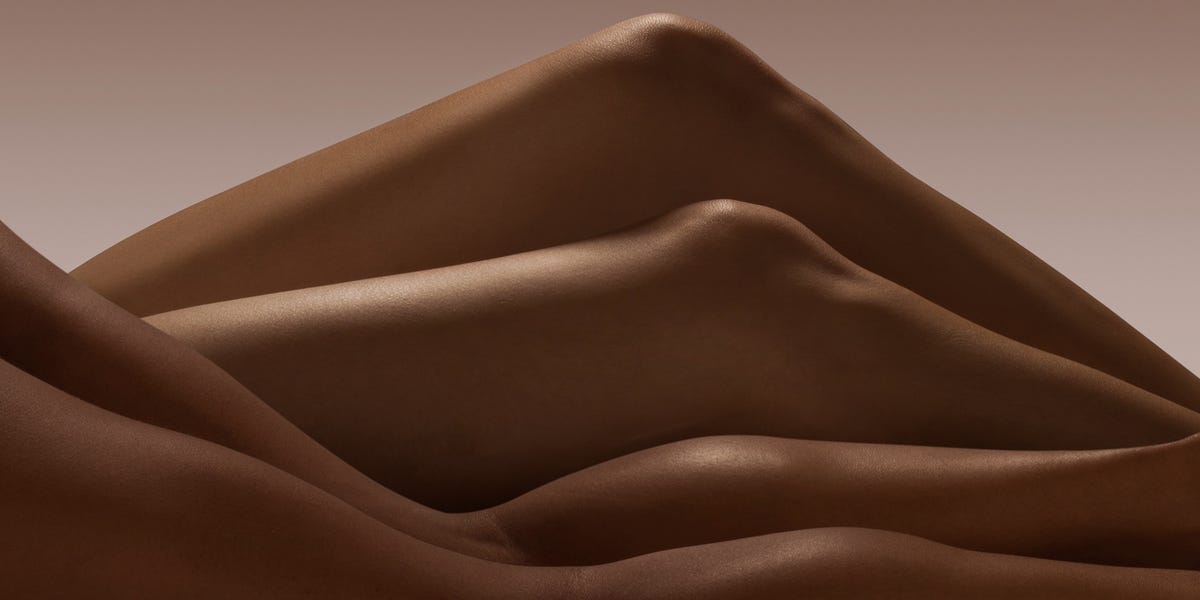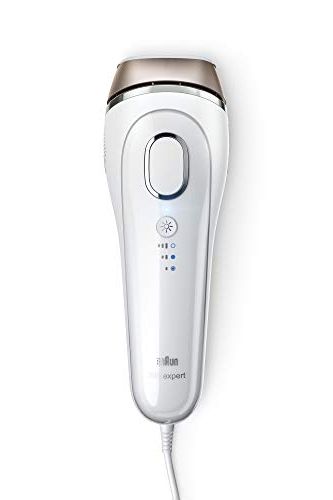Laser hair removal is a godsend for those who want to eliminate fuzz permanently, but it can be complicated for people of color. A common misconception is that laser hair removal is not safe for skin with high levels of melanin. I personally never thought I could benefit from laser hair removal. I was told by two facilities that they could not accommodate my skin tone because the advancements in the industry had not been updated to serve people of color. This was in 2009. According to Christian Karavolas, the owner of Romeo and Juliette Laser Hair Removal in NYC, and Andrea Young, the founder and owner of Beam Laser Spa, the laser game has significantly changed since then.
Karavolas reiterated that a number of his patients have assumed laser was not safe for people of color. Young added that the myth stems from a time when patients of color would be treated with the Alexandrite laser and would encounter adverse reactions and side effects—like hyperpigmentation and hypopigmentation—from being treated with the incorrect wavelength.
Here, Karavolas and Young break down what to look for, how to prepare, and the perfect lasers for all people of color, including multiracial and albino individuals.
What to look for in your laser hair removal provider:
People of color should look for a certain laser called the Nd:YAG. “For women or men of color interested in doing laser hair removal, the most important thing is to make sure they are getting treatments with a YAG laser,” says Young. Karavolas explains that the laser operates differently to make it safe for people of color. “Nd:YAG lasers have a long pulse wavelength and bypasses the epidermis. Since it bypasses the epidermis, it does not hurt the epidermis, meaning it does not burn the skin,” explains Karavolas. “With that laser you are able to effectively disable the reproductive cycle of the hair within the follicle meaning you can effectively remove hair without hurting the skin.”
A good specialist will test your skin tone:
When in doubt, get tested. Because skin tones can differ from person to person, it’s important that the setting is chosen specifically for your skin tone. Karavolas at Romeo and Juliette Laser Hair Removal uses the Fitzpatrick skin typing test to determine the patient’s skin color and the appropriate laser. The patient will receive a score from one to thirty-six to determine what wavelength laser to use.
The results of the Fitzpatrick skin test decide which laser to use, but it’s also important to notice the settings. “Once you decide which laser to use, obviously the darker the person you have to make the settings a little gentler to not burn the skin,” says Karavolas.
Prepare your body for laser:
Just like any treatment or procedure it’s important to prep the area that’s about to get blasted. “Make sure the area that will be lasered has not been waxed, threaded, plucked or used any other method of hair removal that pulls out the root for at least 8 weeks,” Young notes. “Abstain from using any harsh products on the area to be lasered for at least two weeks before getting lasered and subsequently after the treatments. These include retinols, alpha, beta and glycolic acids, or topical acne medications.”
What about albino and multiracial individuals, are they candidates?
“On albinos, on somebody who has discoloration or hyperpigmentation, light therapy like an IPL treatment are recommended to bring the pigment up,” explains Karavolas. “We do treat albino clients but we do test patches and wait a few days to make sure they react well.”
A special process also exists for multi-racial candidates. “We have a lot of biracial clients who have mixed parents, Italian mother, African American father from Kenya, Uganda,” Karavolas says. “The cooling of the skin is very important because if you don’t cool the skin, no matter what the energy is, you might give somebody a temporary burn which would resolve itself but it’s best to avoid that and take precautions like we do.”
Skip the at-home lasers and treatments:
Karavolas puts it bluntly: “They don’t work, they’re really toys.” It’s even more important for people of color to avoid them, our experts say. “If you’re dark-skinned and have skin type four or above, I would be very cautious with at-home lasers,” Karavolas adds.
If you really can’t resist, Young urges potential at-home laser users to proceed with caution. “I recommend researching the specific device of interest, look for specific verbiage that it is safe on skin of color, and certainly do small test patches before using on a large area, even if the device says it’s ok to use on skin of color,” she says.
If you’ve had a bad experience with laser, help exists:
There are ways to treat yourself if you’ve already tested a laser and walked away with bad side effects. “There are certain creams that can actually heal the area,” says Karavolas. “Microdermabrasion may help, but again, we have ways to help clients but we would have to see them.” If something has gone wrong with a laser treatment, Karavolas urges patients to see a laser specialist who can create a personalized plan to help the area recover.
For more information, Jackie Aina broke down her experience with Laser Hair removal.
Romeo & Juliette Laser Hair Removal

